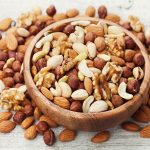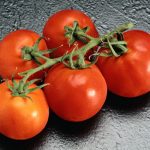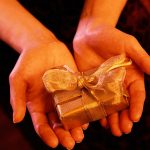
Having “friendly” bacteria in your digestive system is important for good health. They help the body extract nutrients from food, and boost the immune system in the fight against inflammation and many diseases associated with it. Gut microbes do much better with a plant-based diet, according to a study done at the Washington University School of Medicine in Seattle. That’s because plant-based foods “feed” the good bacteria in your digestive system. The researchers also found that a diet of roughly 1,800 calories a day is best, rather than the typical American way of eating, which clocks in closer to 3,000 calories and is linked to excess weight and chronic illnesses. Rather than feeding unhealthy inflammation, plant-based foods help minimize it. Getting more plant-based foods in your daily diet is a great health resolution, and it doesn’t mean that you suddenly have to go vegan. Where to begin? Start with foods that seem to be especially good for the gut, rich in nutrients and the various types of fiber that create healthy bacteria when they reach the colon and/or push out unwanted ones. Bacteria-boosting foods include bananas and blueberries, Jerusalem artichokes, asparagus, leeks, onions, cruciferous vegetables like broccoli, kale, cabbage and cauliflower, polenta (a type of ground corn), all kinds of beans, and fermented foods rich in probiotics, such as pickles, sauerkraut, kimchi, miso and kefir,… read on >
























-300x200.jpg)










